What is the difference between cruise control and adaptive cruise control? As the name implies, cruise control means that as long as the speed is set, the car will drive at the set speed. Only when the driver actively intervenes will it exit the fixed speed state, but steering and braking still need to be controlled by the owner. Now many cars are equipped with cruise control systems, which means that drivers no longer have to use their right foot to step on the accelerator all the time when driving long distances, which greatly relieves driving fatigue.
Restrictions on use: ① In principle, cruise control should be used on highways or fully enclosed roads.
② It is prohibited on rainy days, snowy days, and ice days; it should be prohibited on winding mountain roads or roads with too many bends. ③ There are too many vehicles on the road, and cruise control is not suitable.
Adaptive Cruise Control
Compared with cruise control, adaptive cruise control is more flexible. Cruise control can only control the speed of the car and lacks the ability to adapt to the environment. Especially on actual roads, the road conditions are ever-changing. If the car in front suddenly slows down, or the road conditions suddenly become very complicated, cruise control will almost lose its effect. However, adaptive cruise control can not only maintain vehicle speed, but also detect the speed and distance of the vehicle in front through radar or camera, automatically adjust its own speed to maintain a safe distance, and reduce the driver’s fatigue. For example, if you set it to 90 km/h at the beginning, but there is a car driving 80 km/h in front, it will automatically slow down to 80 km/h to maintain the “safe distance” you set. Once the car in front accelerates or changes lanes, your car will automatically return to 90 km/h.
Usage restrictions: ① There is a corresponding speed limit for adaptive cruise control, usually above 40 km/h or 60 km/h, the adaptive cruise function can be applied. ② It is disabled in rainy days, snowy days, and ice days; it should be disabled on winding mountain roads or too many bends. ③ It is not recommended to use it if the traffic is too dense.
Now many models have launched “full-speed adaptive cruise control”, which can meet the needs of following vehicles under low-speed conditions. It is smarter than fixed-speed cruise control and adaptive cruise control. For example, when encountering a stop-and-go urban road, the car will automatically follow the car in front. If you encounter a red light stuck there, the car will stop by itself. If the light turns green and the car in front moves away, the car will automatically follow. It sounds very smart.

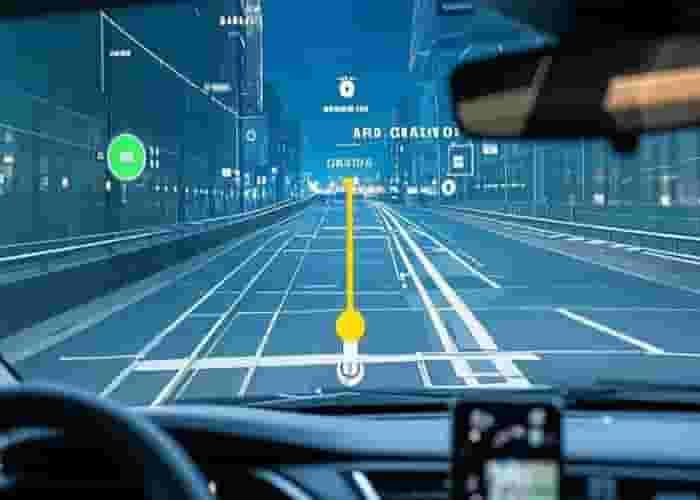

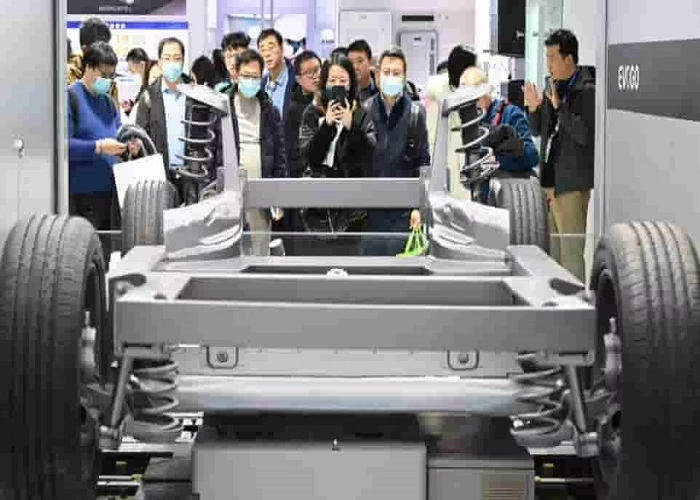
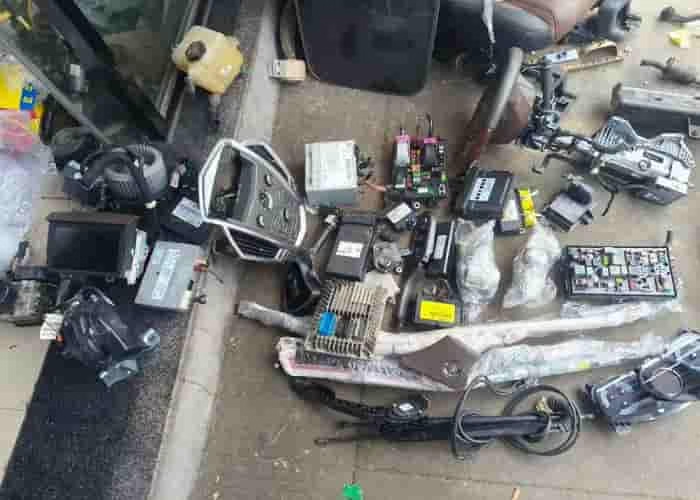

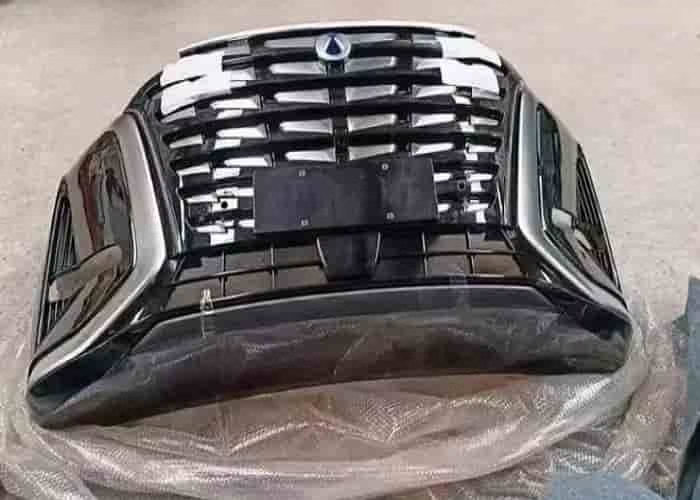
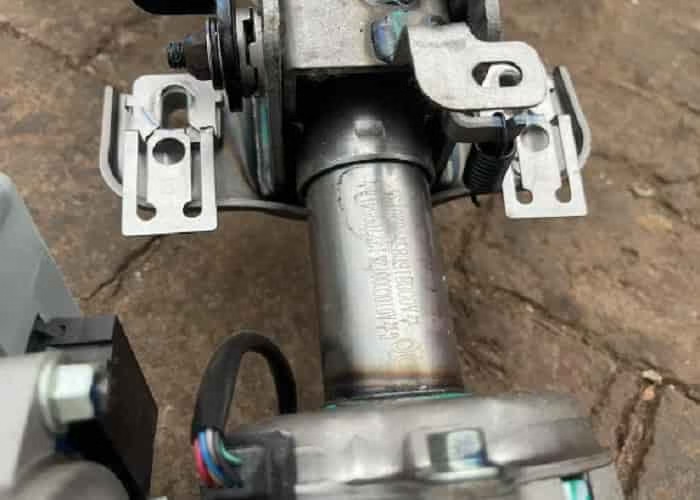
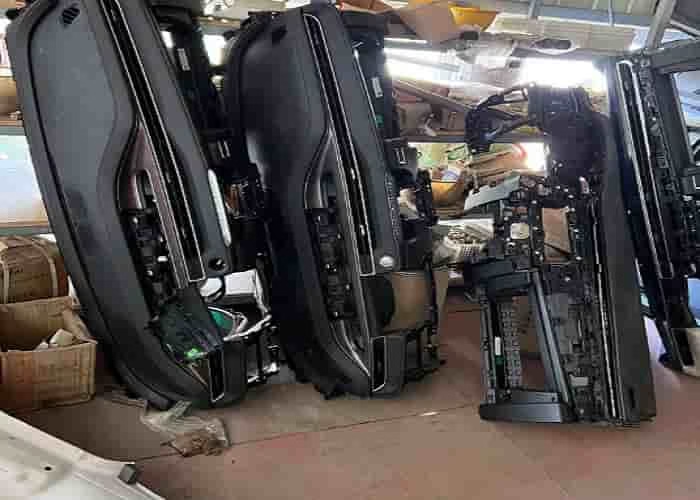

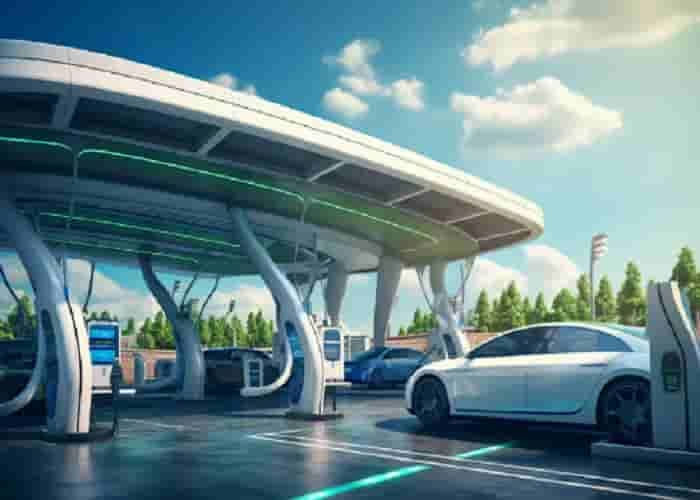
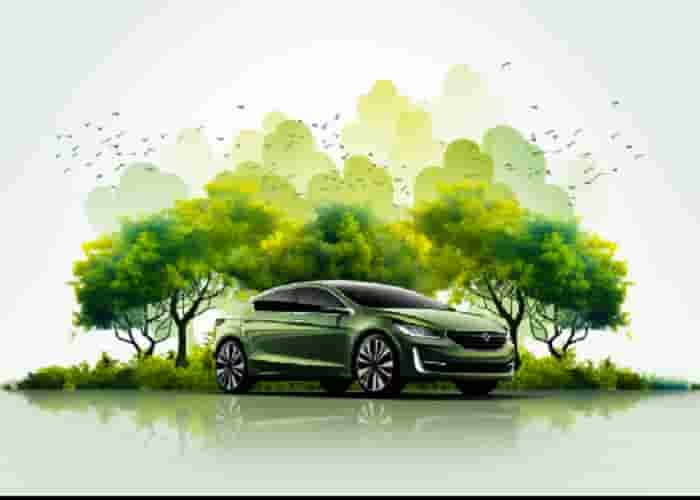




Leave a Reply